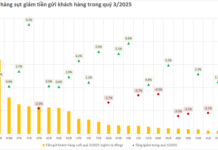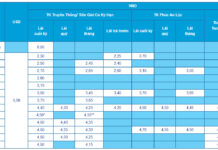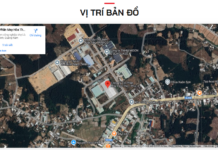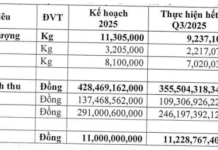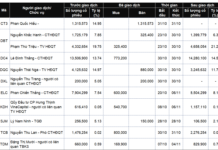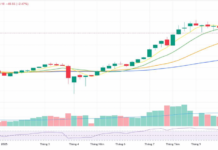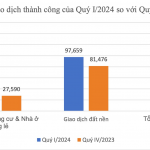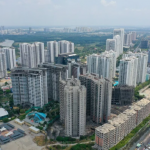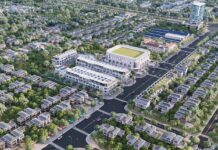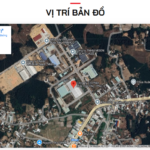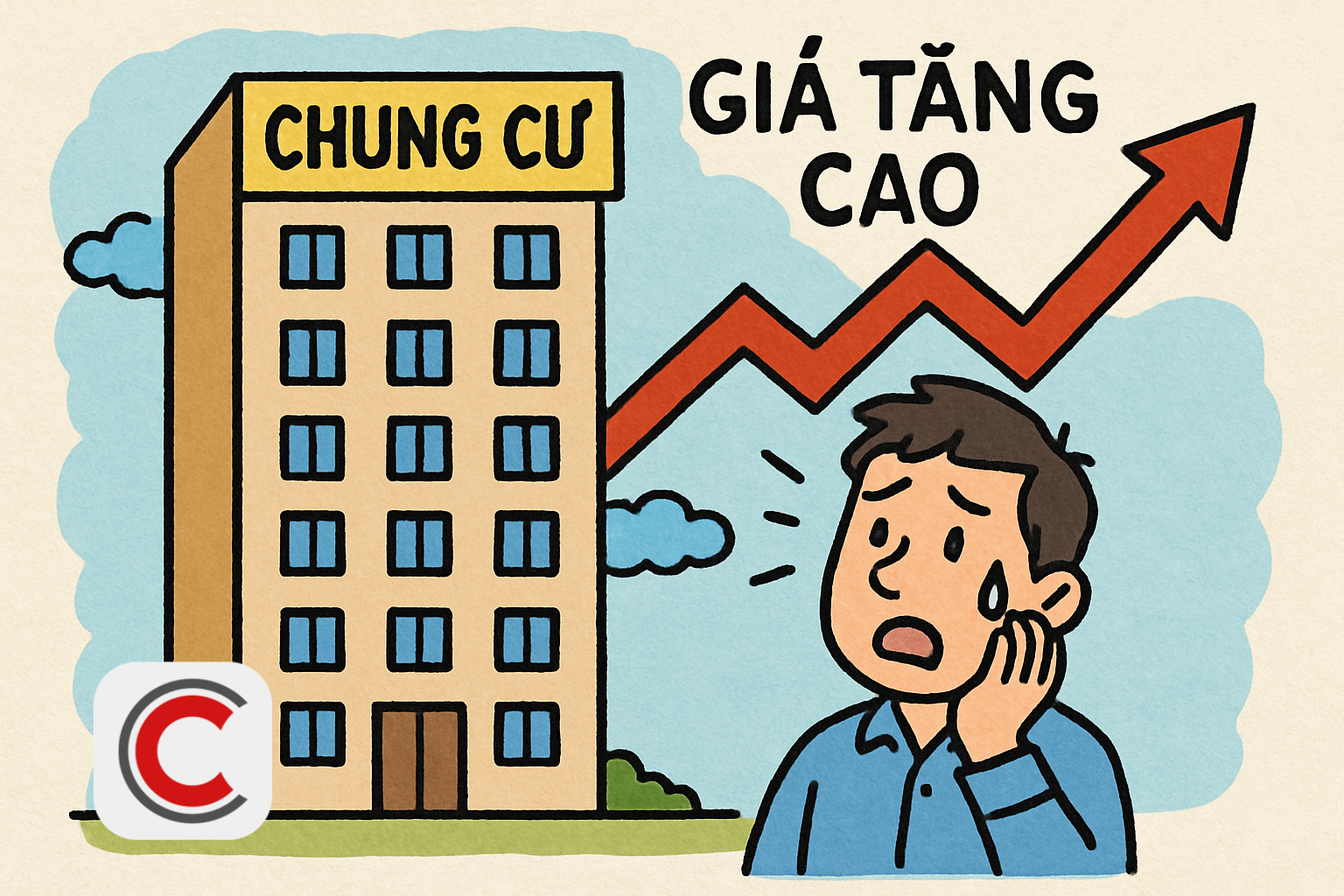
The latest report on the real estate market for the first half of 2025 and its outlook, published by the Institute of Construction Economics (Ministry of Construction), reveals a significant gap between secondary market prices and the affordability of local residents.
In Hanoi, over 55.61% of secondary apartments are currently priced at over VND 5 billion, leaving only 3.91% of apartments in the sub-VND 2 billion range. Ho Chi Minh City sees a similar trend, with 47.59% of apartments priced above VND 5 billion, while just 7.09% of apartments are below VND 2 billion. These price ranges are considered unaffordable for most locals, including those in the middle to upper-income brackets.
On the other hand, the picture is slightly more positive in neighboring and satellite provinces. In Binh Duong, over 54% of secondary apartments are priced below VND 2 billion, followed by Dong Nai at 51.49%. Khanh Hoa and Ba Ria – Vung Tau (pre-merger) also had a significant proportion of apartments priced below VND 3 billion. However, the upward price trend is spreading to these areas as well.
Data shows that the supply of secondary apartments in the first half of 2025 increased slightly compared to the same period last year: Hanoi by 5.4%, Ho Chi Minh City by 8.7%, Da Nang by 17.8%, and Binh Duong by 21.1%. For individually owned houses developed as projects, the secondary supply in Hanoi increased by 14.3%, Ho Chi Minh City by 16.6%, Da Nang by 13.7%, and Binh Duong by 19.4%.
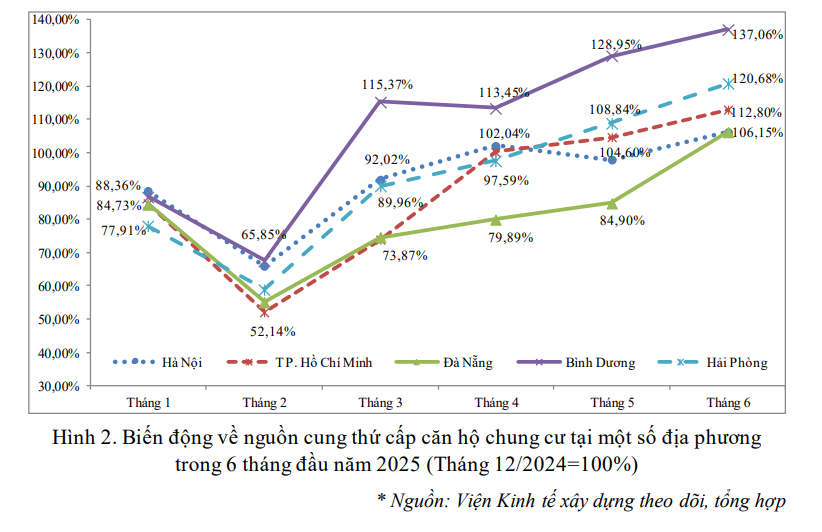
However, a concerning issue is the imbalance in the housing product structure, with the majority of supply concentrated in the luxury segment. Affordable real estate projects are becoming scarce. In Hanoi and Ho Chi Minh City, apartments priced below VND 2 billion are mostly older condominiums located in peripheral areas. The continuous rise in housing prices, coupled with a lack of improvement in affordable supply, has put practical homebuyers in a challenging position.
The Vietnam Real Estate Brokers Association (VARS) shares a similar assessment, stating that the secondary market, once expected to be a “lifeline” for actual homebuyers, has not shown much improvement in liquidity. Transactions are mainly focused on formed projects in major cities with stable resident populations and selling prices around VND 50 million/sqm. While there are transactions in the luxury segment in central areas, they are not as vibrant.
VARS attributes this primarily to buyers’ cautious mentality and aversion to long-term debt. Many young people are now less inclined to take on 20-30 year loans to purchase a home, especially with rising living, education, and healthcare costs. This dynamic makes it challenging for the market to find a balance: practical buyers hesitate, while investors are not pressured to lower prices.
In terms of transactions, the secondary market in the first half of 2025 witnessed mixed performances across localities. Ho Chi Minh City saw an 11.4% increase in secondary apartment transactions, Binh Duong by 13.1%, and Da Nang by 9.2%, while Hanoi decreased by approximately 7.7%.
The absorption rate of apartment supply in the secondary market showed a slight downward trend compared to the same period last year. Hanoi experienced the most significant drop at 12.7%, followed by Ho Chi Minh City at 6.8% and Hai Phong at 5.3%. In contrast, Da Nang and Binh Duong saw increases of 9.1% and 3.9%, respectively.
Secondary transaction prices continued to increase in many localities, notably in Ho Chi Minh City, Khanh Hoa, and Dong Nai, which witnessed more substantial margins compared to the end of 2024.
Building Ministry Urges Localities to Approve 2024 Housing Development Plan
The Ministry of Construction urgently requests local authorities to approve the 2024 Housing Development Plan in accordance with housing regulations. Additionally, there should be a review and evaluation of the implementation of this plan in order to adjust any inappropriate content or targets that do not align with reality.






